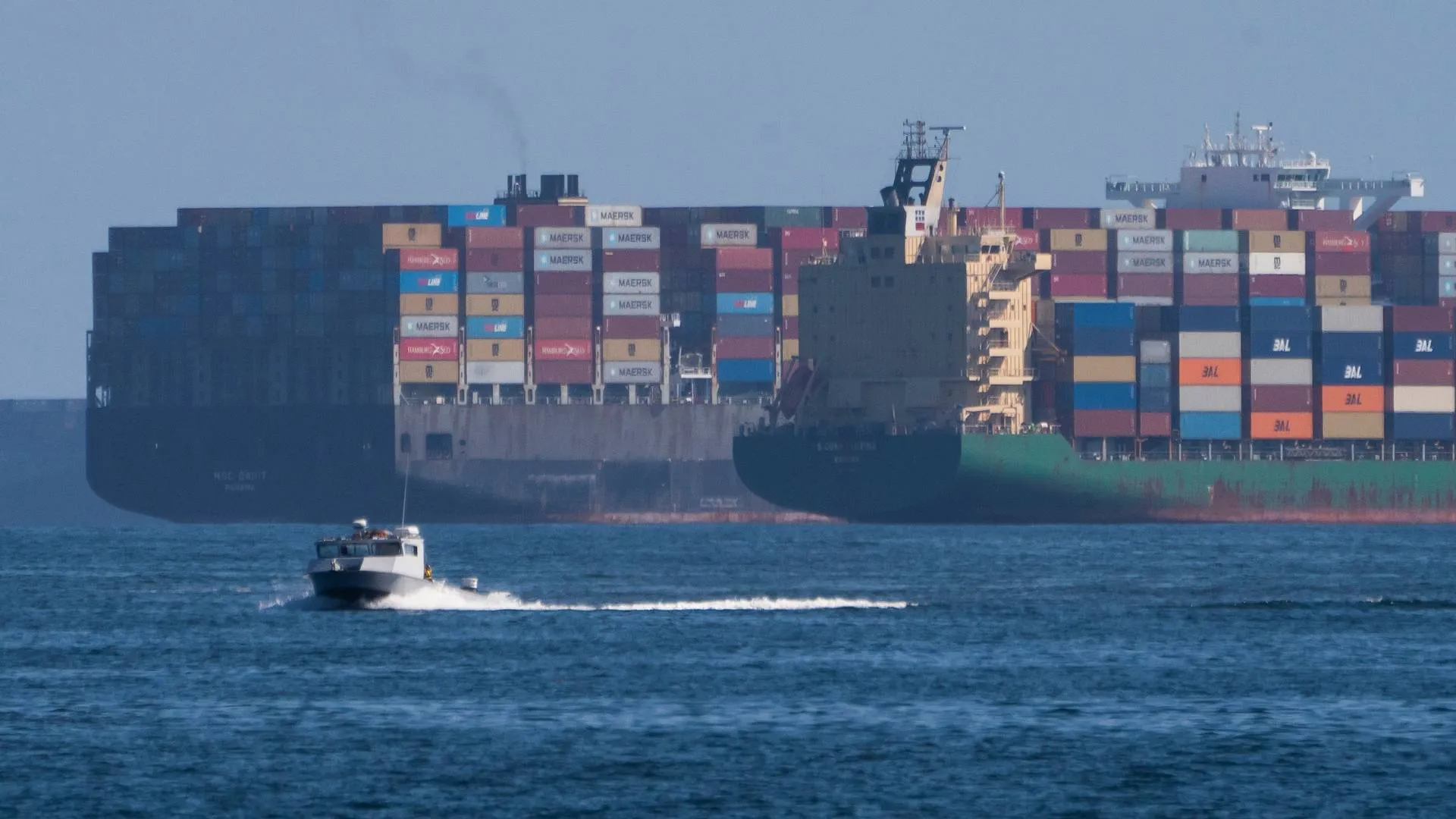Retrofit demand-based ventilation systems are on the increase in the cruise sector
New data shows how ventilation upgrades to a demand-based system can reduce fuel consumption in cruise ships by 10%.
An accompanying report explains installing a demand-based ventilation system is the most effective method to reduce fuel use and carbon emissions in cruise ships.
Halton Marine says, “With tightening IMO regulations, the market for retrofit HVAC upgrades is booming. In large cruise ships, ventilation typically accounts for about 30% of energy use – second only to propulsion. However, by implementing a demand-based ventilation system, for example, in galleys and cabins, this consumption can be reduced by a third.”
Since electricity on board is generated by fuel-burning combustion engines, this results in significant savings in both costs and carbon emissions.
“Based on our data, a retrofit demand-based ventilation system lowers fuel consumption by about 10%. A large liner can burn between 150 and 250 tonnes of fuel each day, making this very significant. The payback period for the investment is less than two years,” says Hvacon chief executive Claes Fog Boelge. “There is no way to gain bigger cost savings on a passenger ship except reducing cruise speed, which is not a realistic scenario.”
A large passenger vessel can have a dozen galleys and 1,500–2,000 cabins, all equipped with ventilation systems. Traditionally, the galley and cabin ventilation operate at full capacity around the clock without adjusting the load to varying situations. In contrast, demand-based systems, such as those installed by Danish company Hvacon and Halton, operate only as needed, automatically adjusting the volume and temperature of the air.
“In galleys, smart hoods detect cocking activities with an infrared sensor to monitor the temperatures of cooking surfaces and the temperature of exhaust air. The smart hood adjusts the amount of extraction air through the hood to the actual cooking demand. We then utilise the data to automatically regulate the amount of exhaust and supply air,” Mr Fog Boelge explains.
The goal is to always ensure the right amount of ventilation, whether idling or during various cooking activities, Halton explains. Cabin ventilation retrofits follow a similar principle. Instead of continuously operating at high power, the air supply is adjusted based on occupancy and thermal comfort. Occupancy detection delivers real-time data on whether passengers are in the cabin or elsewhere on the ship. Balcony door sensors prevent unnecessary cooling when the door is open. This creates a more comfortable environment for passengers while optimising energy use. When less energy is used in the cabins, the load can be moved to other areas like the dining rooms, for example. According to Halton sales team manager Susanna Ahonen, the demand for retrofit ventilation systems is booming. She recognises two drivers behind the increased demand.
“In many ships, ventilation equipment is simply reaching the end of its lifecycle. Secondly, the green transition is proceeding quickly in the industry. Sustainable solutions are becoming more valued, and regulatory pressure from the International Maritime Organization (IMO) and other institutions is increasing quickly,” Ms Ahonen says.
The rules of the game are changing. IMO’s Energy Efficiency Existing Ship Index (EEXI) measures ships’ carbon dioxide emissions per cargo capacity and distance travelled. If a ship does not meet the required EEXI, its owner must modify it to reduce emissions. Another IMO framework, the Carbon Intensity Indicator (CII), annually measures the fuel efficiency of ships that transport goods or passengers. IMO’s goal is to achieve net-zero emissions across the industry by 2050.
Moreover, starting in 2024, the European Union expanded its Emission Trading System to include the shipping industry. Large ships arriving at EU ports must purchase emissions allowances based on their carbon emissions. Another framework, called the FuelEU Maritime regulation, which came into force 1 January 2025, mandates vessels to reduce their greenhouse gas intensity. Non-compliance incurs penalties.
“Improving energy efficiency is crucial for adhering to the new rules and regulations. In practice, the most effective approach is to address the fuel-guzzling ventilation systems. This will ensure efficient and sustainable operations for years to come,” says Ms Ahonen.
Hvacon and Halton have partnered to offer retrofit turnkey vessel ventilation systems since 2020.






